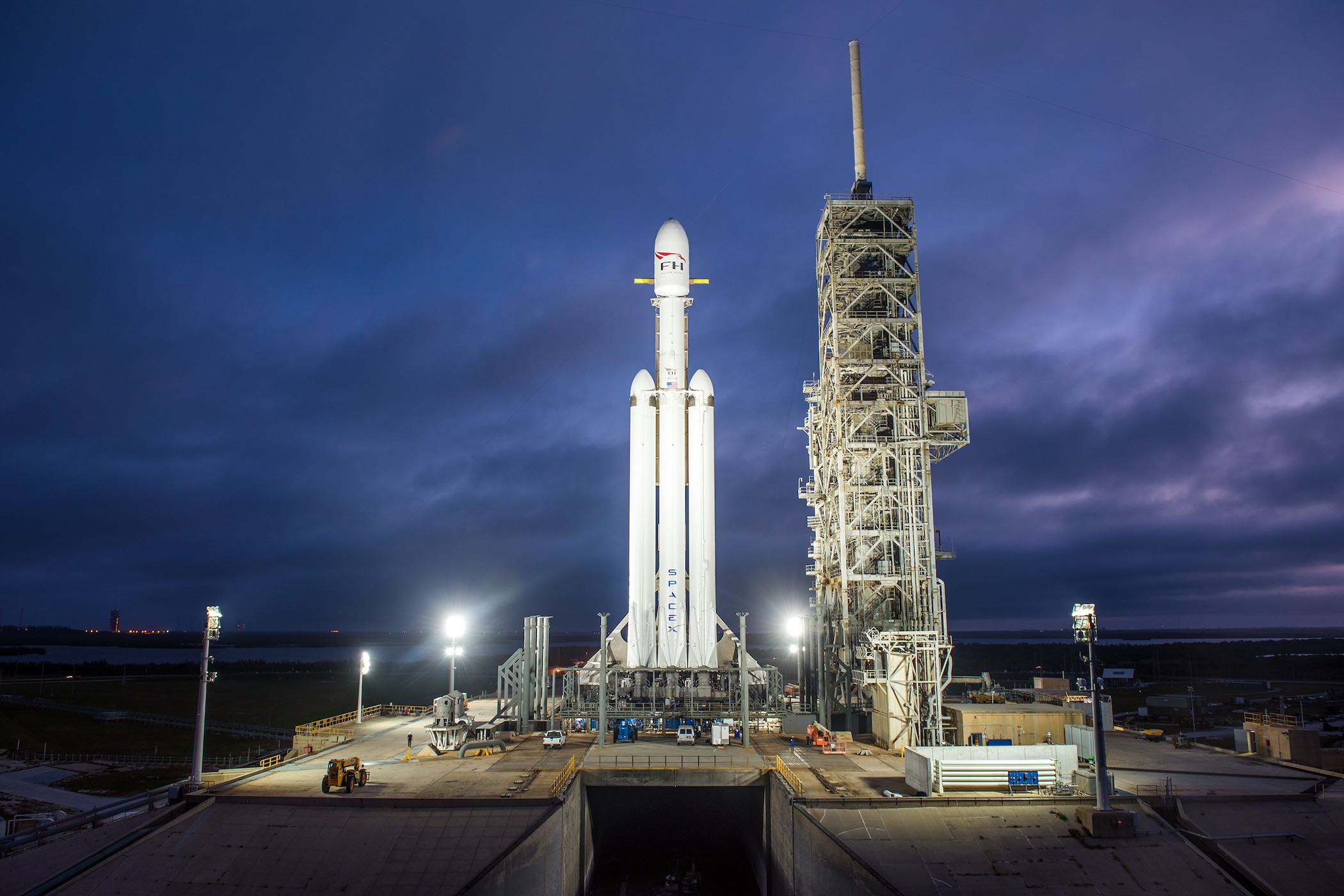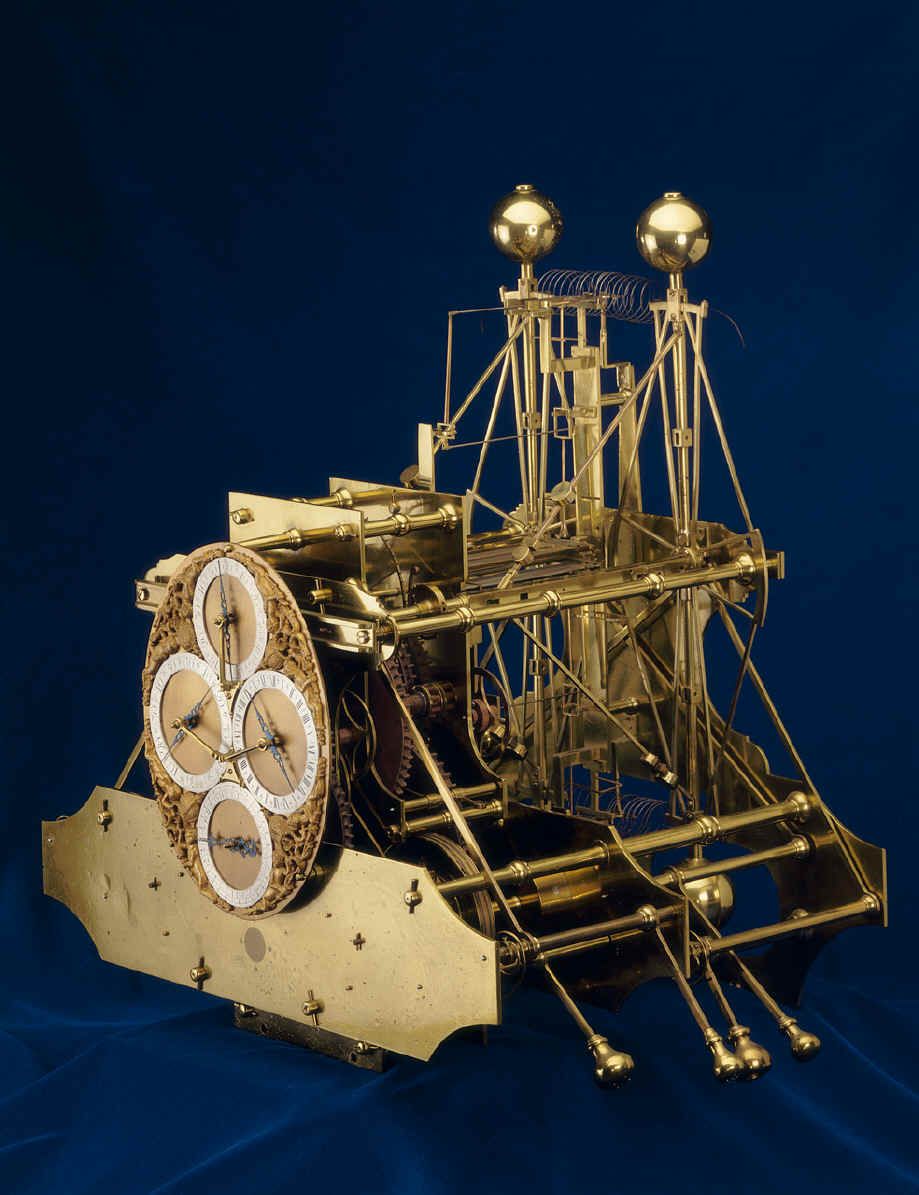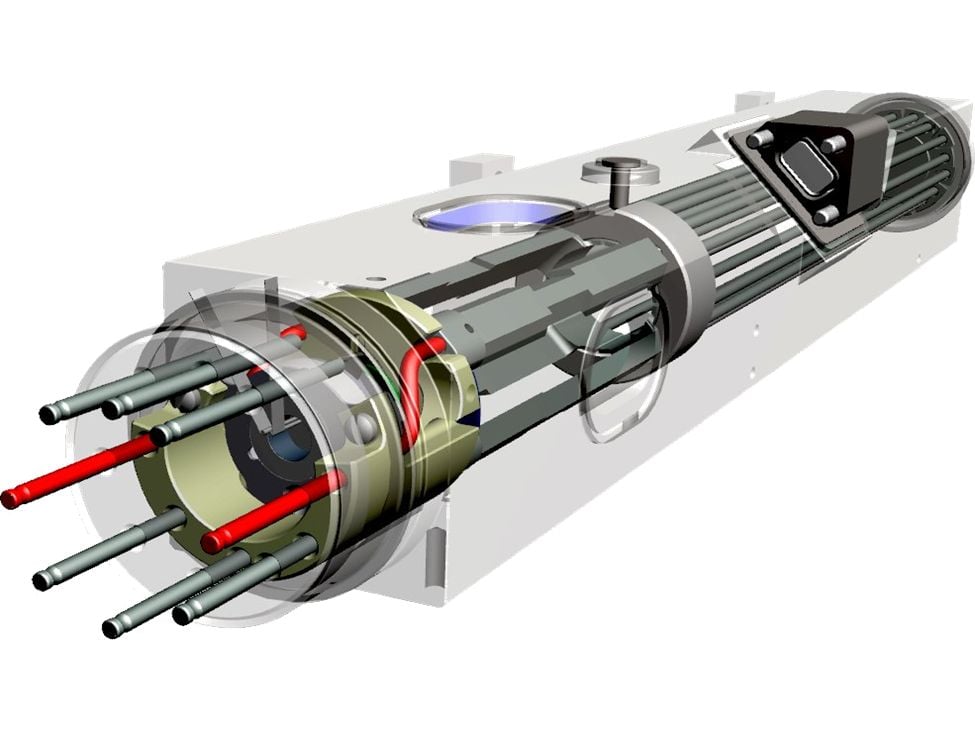NASA to Send Ultra-Precise, Miniaturised, Game-Changing “Deep Space Atomic Clock” to Space
New technology that will change spacecraft navigation and help guide astronauts to Mars and beyond!

Knowing the time onboard a ship/vessel/spacecraft/vehicle isn’t just about knowing “what time it is”… It goes far beyond that! 18th-century maritime explorers knew that. In order to calculate their position around the globe (establishing their latitude and longitude), they needed to have one heck of a precise clock onboard – marine chronometers back then. Even though technology has evolved (to say the least), the concept remains the same for space trips… And NASA is about to launch a piece of equipment that will drastically change the way astronauts navigate – and yes, the underlying idea is to help them navigate to Mars and beyond!
Navigation and time
As surprising as it might be, time isn’t just a notion of “what time it is”. When travelling, it can take on an entirely different dimension. Something that maritime explorers were quick to understand. Time can, in this instance, be used to determine longitude by accurately measuring the time of a known fixed location. This explains the reason behind the creation, back in the 18th-century, of marine chronometers – precise and accurate portable time standards fixed to the deck of a vessel.
Navigating in the middle of oceans without a single reference point was dangerous and the advent of the marine chronometer was hailed as a major technical achievement. A necessary tool for navigation, marine chronometers provided accurate time readings during long sea voyages. To determine a position on the Earth’s surface, it is necessary to know the latitude, longitude, and altitude – altitude can be ignored for vessels operating at sea level. However, accurate navigation at sea, out of sight of land, was highly problematic due to the impossibility of calculating longitude. Navigators could determine their latitude by measuring the sun’s angle but not longitude (that might explain why Christopher Columbus landed in the Americas instead of the East Indies).

To find their longitude, explorers needed a time standard that would work onboard. The purpose of a chronometer is to accurately measure the time of a known fixed location (GMT for instance). As the Earth rotates at a regular rate, the time difference between the chronometer and the ship’s local time can be used to calculate the longitude of the ship relative to the Greenwich Meridian (defined as 0°) using spherical trigonometry.
Surprisingly, it appears that knowing time is still an important factor today for safe navigation… even in space.
NASA’s “Deep Space Atomic Clock”
In today’s world, there’s no real need for a marine chronometer. We have developed new technologies to assist navigation, such as GPS, electronic or communications aids. In order to assist “new explorers” in their tasks, there is the Atomic Clock, ultra-precise, ultra-complex clocks that can determine time with atomic accuracy (if you fancy an atomic clock for your mantlepiece, Urwerk has just the model for you).
What is an atomic clock? It is a clock that uses the resonance frequencies of atoms as its resonator (instead of a pendulum or a balance). According to Encyclopedia Britannica, the resonator is “regulated by the frequency of the microwave electromagnetic radiation emitted or absorbed by the quantum transition (energy change) of an atom or molecule“. Since the atoms resonate at extremely consistent frequencies, they help determine the time by means of this extremely high but stable frequency (remember that the whole concept of a watch/clock is regulated by the frequency of its regulating organ).
Atomic clocks are now used for determining the standard time around the globe but for more purposes too, such as the Global Positioning System (GPS)… Once again, it comes back to navigation and determining your position on the globe – or somewhere else, in the case of what NASA has been developing.
Precise radio navigation – using radio frequencies to determine position – is vital to the success of deep-space exploration missions. This is the main reason behind NASA’s “Deep Space Atomic Clock” project. In short, we are talking about a miniaturised, ultra-precise, mercury-ion atomic clock that is orders of magnitude more stable than today’s best navigation clocks.
NASA explains the main purpose of this “Deep Space Atomic Clock” in these terms: “Ground-based atomic clocks have long been the cornerstone of most deep-space vehicle navigation because they provide root data necessary for precise positioning. The Deep Space Atomic Clock will deliver the same stability and accuracy for spacecraft exploring the solar system. This new capability could forever change the way we conduct deep-space navigation – by eliminating the need to “turn signals around” for tracking. Much the same way modern Global Positioning Systems, or GPS, use one-way signals to enable terrestrial navigation services, the Deep Space Atomic Clock will provide the same capability in deep-space navigation — with such extreme accuracy that researchers will be required to carefully account for the effects of relativity, or the relative motion of an observer and observed objected, as impacted by gravity, space and time (clocks in GPS-based satellite, for example, must be corrected to account for this effect, or their navigational fixes begin to drift).”
Over the past 20 years, engineers at NASA’s Jet Propulsion Laboratory in Pasadena, California, have been steadily improving and miniaturising the mercury-ion trap atomic clock, preparing it to operate in the harsh environment of deep space. In the laboratory setting, the Deep Space Atomic Clock’s precision has been refined to permit drift of no more than 1 nanosecond in 10 days!
Here are a few fascinating facts about NASA’s “Deep Space Atomic Clock”.
It works a lot like GPS
The Deep Space Atomic Clock is a sibling of the atomic clocks we interact with every day on our smartphone, with the GPS application calculating where we are on Earth based on the time it takes the signal to travel from the satellite to our phone. However, spacecraft don’t have GPS to help them find their way in deep space and instead, navigation teams rely on atomic clocks on Earth to determine location data. But that is about to change, as the Deep Space Atomic Clock is the first atomic clock designed to fly onboard a spacecraft, in order to go beyond Earth’s orbit.
It will help our spacecraft navigate autonomously
In order to navigate in deep space, NASA relies on giant antennae on Earth to send signals to spacecraft, which then send those signals back to Earth. Atomic clocks on Earth then measure the time it takes a signal to make this two-way journey. Only then can human navigators on Earth use large antennae to tell the spacecraft where it is and where to go.
In order to go deeper into the exploration of the Solar system (and beyond…), astronauts need a better, faster and more autonomous way to determine their position in space. The Deep Space Atomic Clock on a spacecraft would allow it to receive a signal from Earth and determine its location immediately using an onboard navigation system.
It loses only 1 second in 9 million years
The whole point of an atomic clock is precision… And when it comes to Mars landings, NASA claims that a clock that is off by even a single second could mean missing the planet by miles! Scary, isn’t it? Thus, precision is vital for astronauts and position determining. Hence the reason why this Deep Space Atomic Clock is up to 50 times more stable than the atomic clocks on GPS satellites.

It will launch on a SpaceX Falcon Heavy rocket for tests
The whole point of the onboard Deep Space Atomic Clock is to offer autonomy to astronauts travelling in deep space. As you might imagine, room is limited onboard these ships and weight is a crucial factor. NASA’s Deep Space Atomic Clock is no larger than a toaster oven.
The Deep Space Atomic Clock will fly on the Orbital Test Bed satellite, which launches on the SpaceX Falcon Heavy rocket with around two dozen other satellites from government, military and research institutions. The launch is targeted for June 22, 2019, at 8:30 p.m. PDT (11:30 p.m. EDT) from NASA’s Kennedy Space Center in Florida.
The Deep Space Atomic Clock is hosted on a spacecraft provided by General Atomics Electromagnetic Systems of Englewood, Colorado. It is sponsored by the Technology Demonstration Missions program within NASA’s Space Technology Mission Directorate and the Space Communications and Navigations program within NASA’s Human Exploration and Operations Mission Directorate. The project is managed by JPL.
NASA is sending up a total of four technology missions – including the Deep Space Atomic Clock – that will help improve future spacecraft design and performance on the next SpaceX Falcon Heavy rocket launch. Experts will discuss these technologies, and how they complement NASA’s Moon to Mars exploration plans, during a media teleconference Monday, June 10 at 1 p.m. EDT – or 7 p.m. Central Europe time.
For those interested in these new technologies and the Deep Space Atomic Clock, NASA is hosting a live conference, which you can watch here:
For more information about the NASA technologies onboard this launch, visit www.nasa.gov/spacex.






